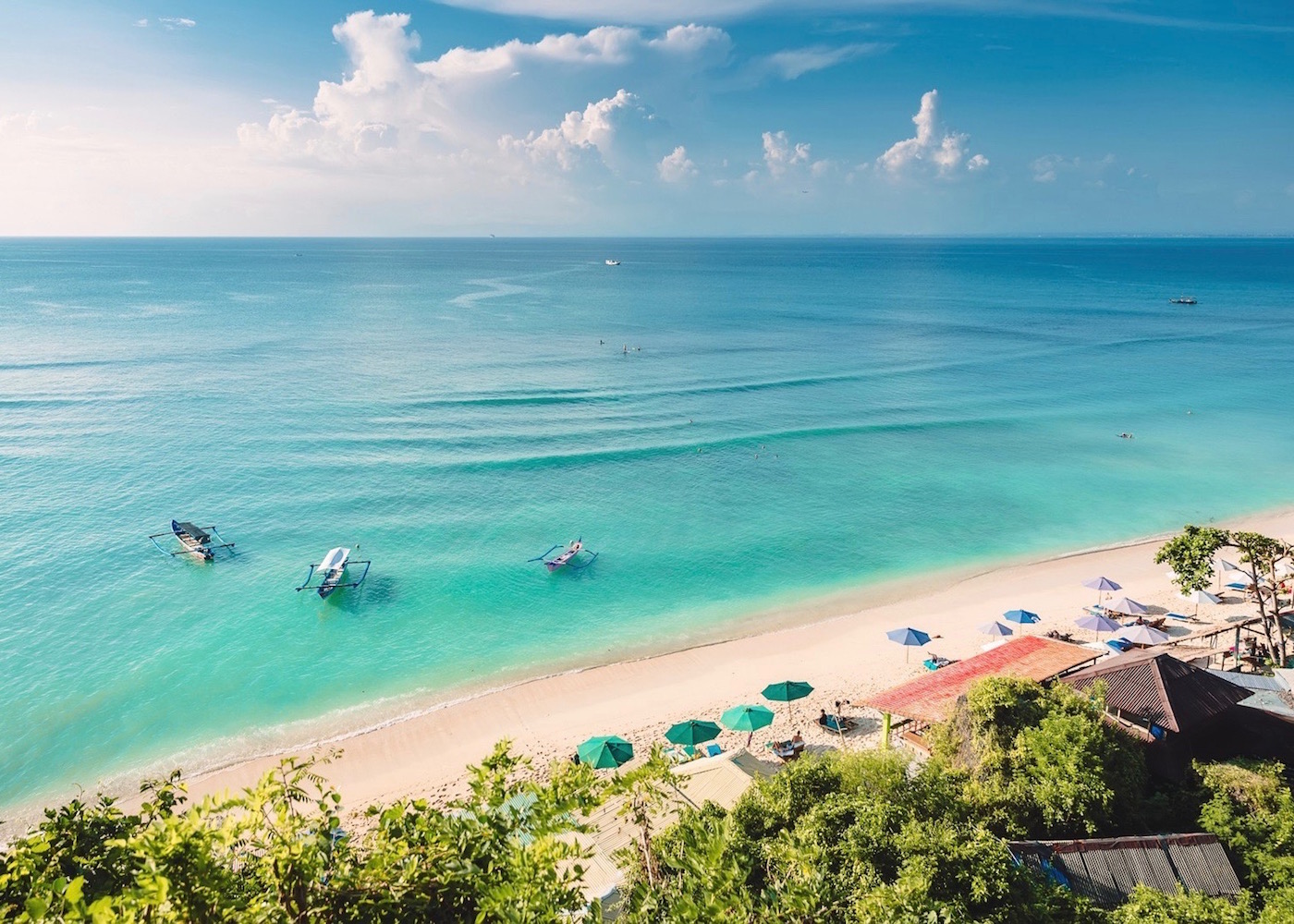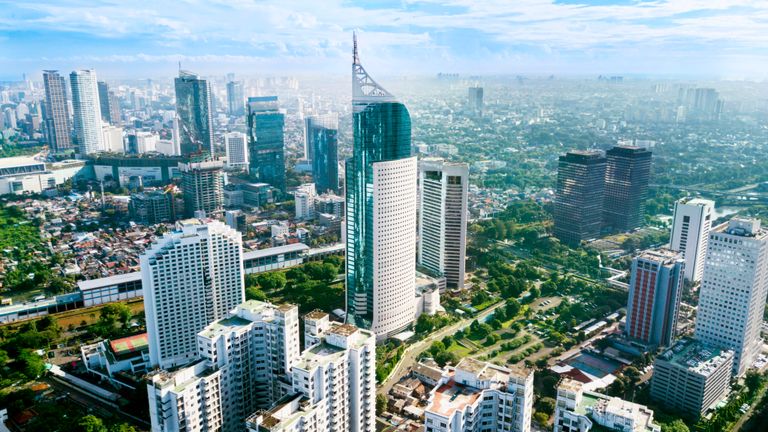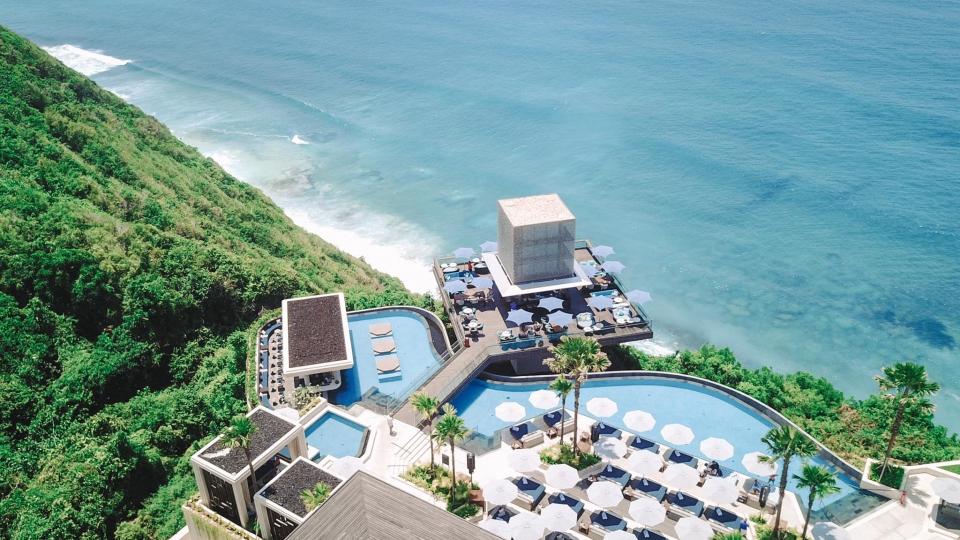
On my recent trip to Bali to celebrate my bachelor’s party, we decided to stay in Canggu which is an expatriate area, away from the tourist crowds at Kuta and Seminyak. Canggu is a really nice area, with lots of hipster cafes, boutique hotels, set amidst the rice fields and also the surfing areas along the coast.

During our short 3 day 2 night stay, we managed to get a personal driver to chauffeur us around for the whole day at R600 000, up to a maximum of 10 hours. He drove us to several places, starting with the Campuhan Ridge Walk.

Campuhan Ridge Walk is a scenic mountain valley hiking trail in Bali. This free and easy nature trek is popular among visitors to the central highland town of Ubud. Ubud is definitely the place to be if you are looking for some peace and quiet, home to many rice terraces, coffee plantations and yoga retreat camps. The area provides a great retreat from the more hectic southern parts of the island. This trail offers an escape from the contemporary boutique, guesthouse and restaurant-lined Jalan Raya Ubud. While the hike lets you enjoy cool fresh air and probably the most gorgeous hillside vista in the region, it also allows you to shed off some calories too with its nine-kilometre hill track.

We stopped by Karsa cafe for some food and drinks. The weather was very hot and we needed cold drinks desperately, so we had Bintang to cool it off. Some of us were feeling hungry, so we had nasi goreng (fried rice) and toast with scrambled eggs. The scenery from the second floor of Karsa cafe offered beautiful views of the rice fields and the surrounding local huts. I took the opportunity to fly my drone here.


After the ridge walk, we headed back the same way to locate our driver. The next stop would be to Tegalalang Rice Terraces. Even though this is my second time to Bali, there are still many new things to explore here.


Tegalalang Rice Terraces in Ubud (entrance fee R10 000) is famous for its beautiful scenes of rice paddies which were built using the traditional Balinese irrigation system. According to history, the techniques of irrigation were passed down by a revered holy man in the eighth century. Tegalalang forms the three most splendid terraced landscapes in Ubud’s shared region, with the others being in the villages of Pejeng and Campuhan. The rice terraces alone offer a scenic outlook that spreads downwards and away to the rice paddies on the slopes across the valley.


The high roadside location is cool and breezy and it is a well-known spot for tourists to stop and take photos. Painters and nature lovers also enjoy visiting this spot, and there are numerous art kiosks and cafes near the ledge offering their ware. Nowadays, it is such an Instagram-famous spot, so various attractions like the Bali swing and even posing for pictures with locals carrying baskets all warrant a fee. This is a perfect spot to fly your drone as well, which can capture the beautiful curves of the rice terraces from the top.

As it was late afternoon, we could only squeeze in one more stop. Upon my request, we decided to go to Tirta Empul Holy Spring temple, about 20 minutes drive away from the terraces.

Tirta Empul is an important temple complex and holy mountain spring, located in the village of Manukaya in central Bali. The site is a national cultural heritage site. The complex, built in 960 AD, is a silent witness to the old Balinese kingdom years.

Tirta Empul, meaning ‘holy water spring’ is actually the name of a water source located within the temple. The spring feeds various purification baths, pools and fish ponds surrounding the outer perimeter, which all flow to the Tukad Pakerisan River. Various sites throughout the region and many other archaeological relics relate to local myths and legends.

Nowadays, tourists and locals alike can visit the holy temple to soak in the frigid spring waters. Locals would bring empty containers to collect the water from the spring and bring it home as blessing water for their family members. The waters can supposedly cure ailments and has medical benefits. Since we went during the weekend, the temple was very crowded and we queued over an hour before we finally got to wash ourselves at one of the taps gushing with fresh spring water.

The temple is a sacred ground, so we had to put on a sarong covering our legs as we entered. For those who wish to bathe in the holy spring, we had to rent another sarong and change our clothes, which can be placed in a locker. Don’t expect too much of the toilets as the floor is always wet and dirty. Next, we entered the pool which was up to waist deep, take note that the waters are very cold and you would be shivering at the start. Locals would buy small boxes of flowers to be given as offerings. The queue snaked a few times and we just followed the people in front of us until we reached the taps.

It is not necessary to wash our head and face at each tap, just do a few for the ceremony before proceeding to the last 3 taps which had some scriptures, so I assume they are more important ones. After the purification bathing ritual, we felt afresh and reborn again, as if the sins of our past had been cleansed away.

It was already dark by the time we finished the ritual at the holy temple. The driver dropped us back at Canggu where we had dinner before heading to a club for the night.


